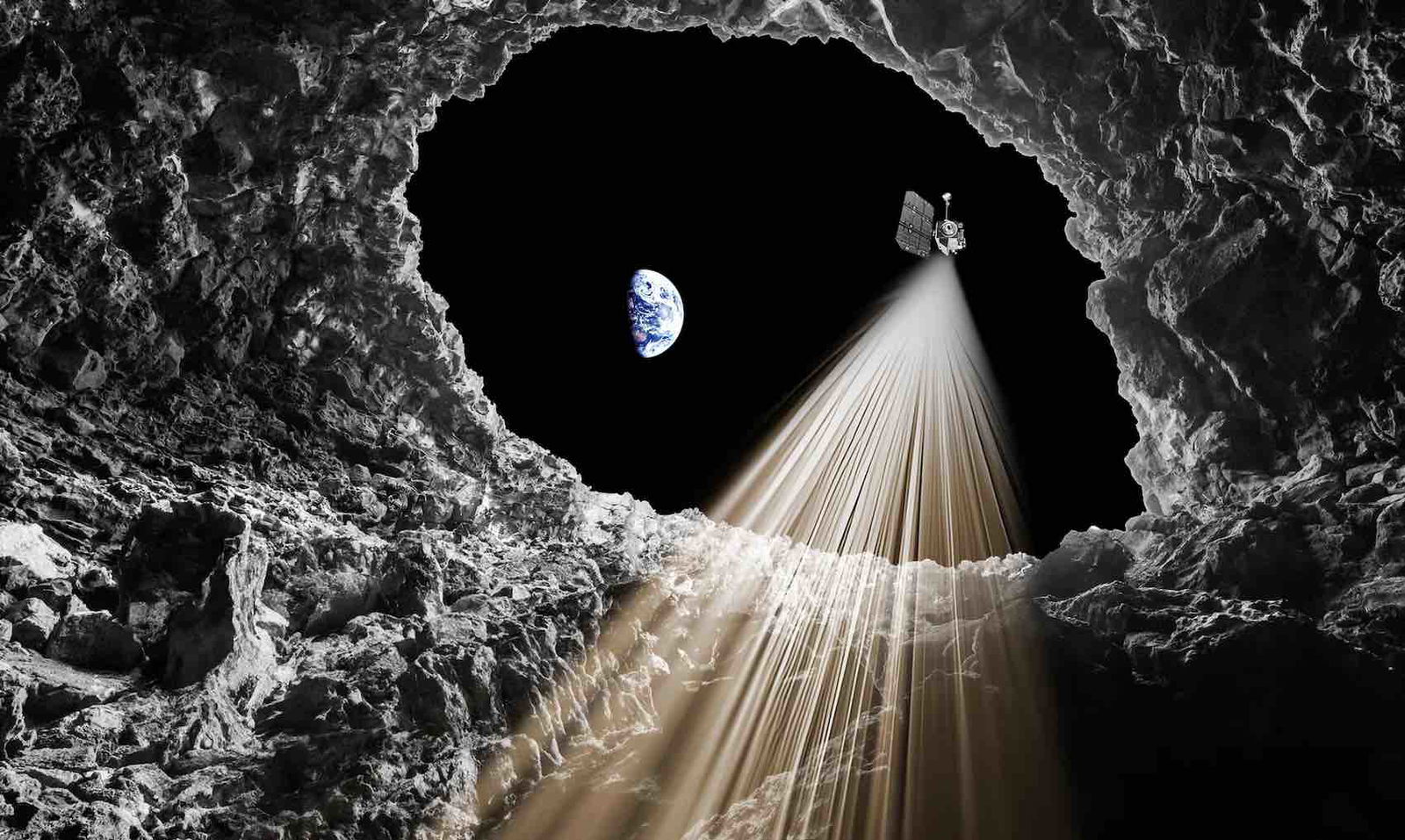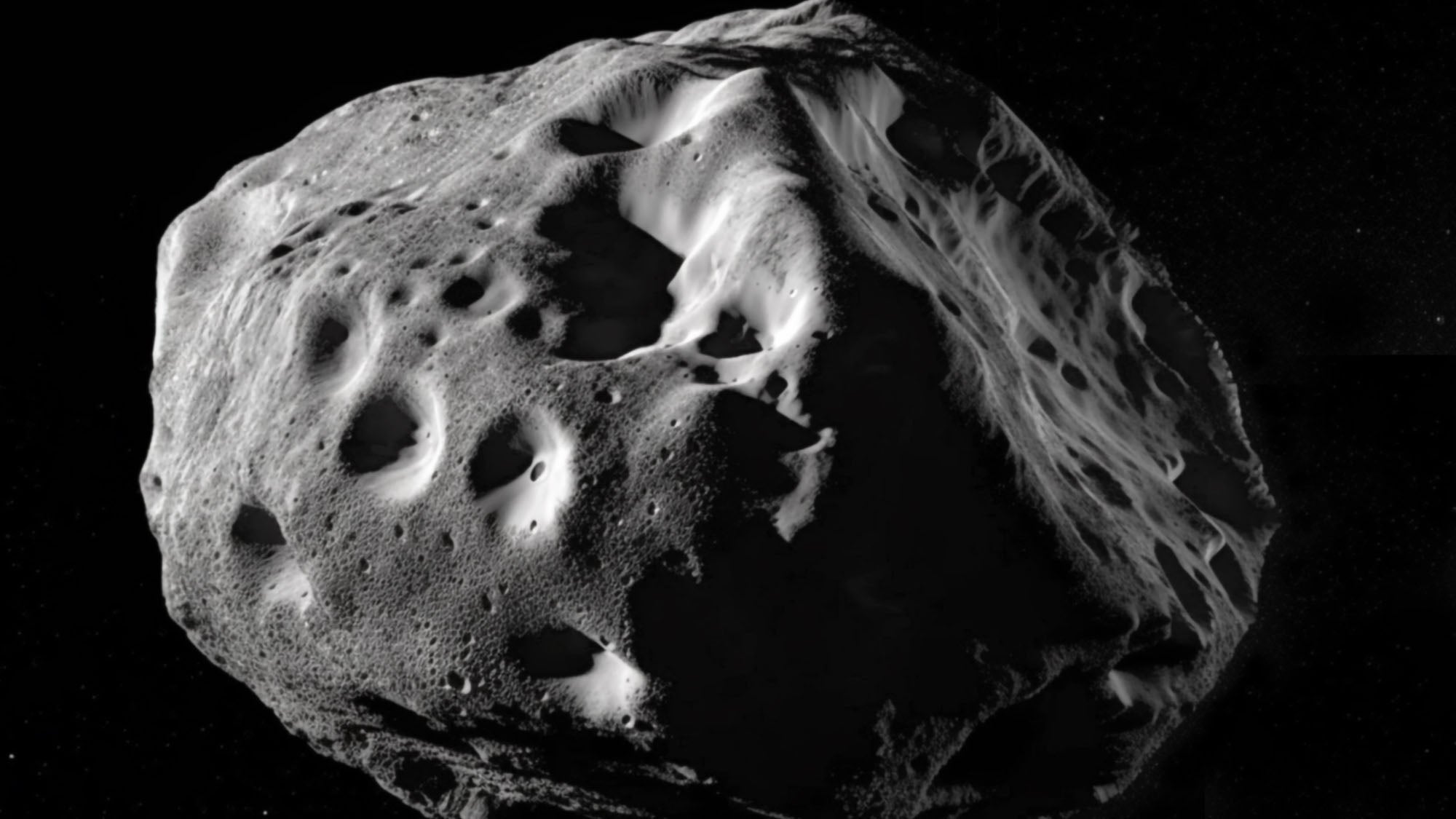T4K3.news
NASA Discovers Cave Entrances on the Moon
A new study reveals natural entrances to potential lunar underground environments.

A new study by NASA reveals multiple cave openings on the Moon that could serve future missions.
NASA Discovers New Cave Entrances on the Moon
In a significant advance for lunar exploration, NASA's Lunar Reconnaissance Orbiter has identified over a dozen pit craters on the Moon, revealed in a recent study published in the journal Icarus. These craters are potential natural entrances to underground environments, which could offer safe havens for future astronauts. Researchers have found that these features, located in areas like Mare Tranquillitatis, show unique shadow patterns that indicate access to deeper subsurface areas. These discoveries may not only enhance our understanding of the Moon's geology but also provide practical benefits for extended human presence on the lunar surface.
Key Takeaways
"Pits would be useful in a support role for human activity on the lunar surface."
Robert Wagner emphasizes the practical benefits of pit craters for astronauts.
"These environments could prove critical not only for scientific study but as infrastructure for human habitation."
The study suggests that lunar caves could support long-term human presence.
This discovery marks an exciting leap forward in lunar research. The identified pit craters reveal the Moon's geological complexity, suggesting potential for sustainable human habitats. As we plan future missions, prioritizing these areas for exploration will be crucial. They not only promise scientific opportunities but also present practical solutions for astronaut safety, shielding them from radiation and other hazards. Researchers argue that utilizing natural formations like these can enhance the feasibility of long-term lunar missions, making our return to the Moon more about habitation than mere exploration.
Highlights
- Lunar caves could transform human habitation on the Moon.
- The Moon's underworld hides treasures waiting to be explored.
- Natural caves offer a promising future for lunar explorers.
- Exploring the Moon's depths could rewrite our understanding of space.
Potential Challenges in Lunar Exploration
The advancement in lunar exploration comes with significant challenges, including budget constraints and the safety of astronauts in unfamiliar environments. Scientists must ensure that these natural formations can provide the expected safety and benefits for future missions. Political and funding considerations will be crucial moving forward.
This discovery could redefine lunar habitation strategies for future space missions.
Enjoyed this? Let your friends know!
Related News

Asteroid 2024 YR4 may hit moon in 2032

Asteroid 2024 YR4 may hit the moon in 2032

NASA confirms micrometeorites shape the Moon's atmosphere

Engineers find flaws in robotic rover testing

NASA unveils new findings about Uranus

Galileo's Mission to Jupiter Ends

Russian woman and daughters found in Indian cave

Asteroid 2024 YR4 may hit the moon instead of Earth
